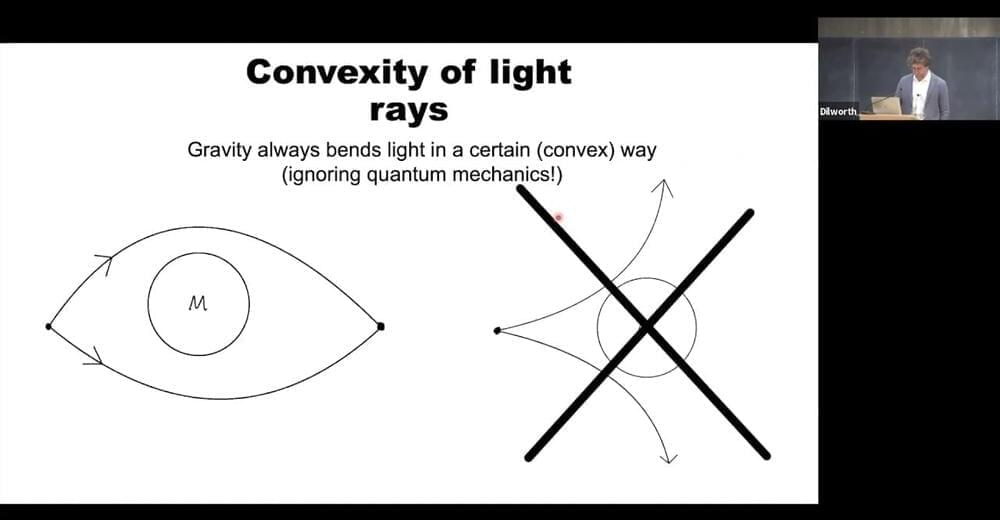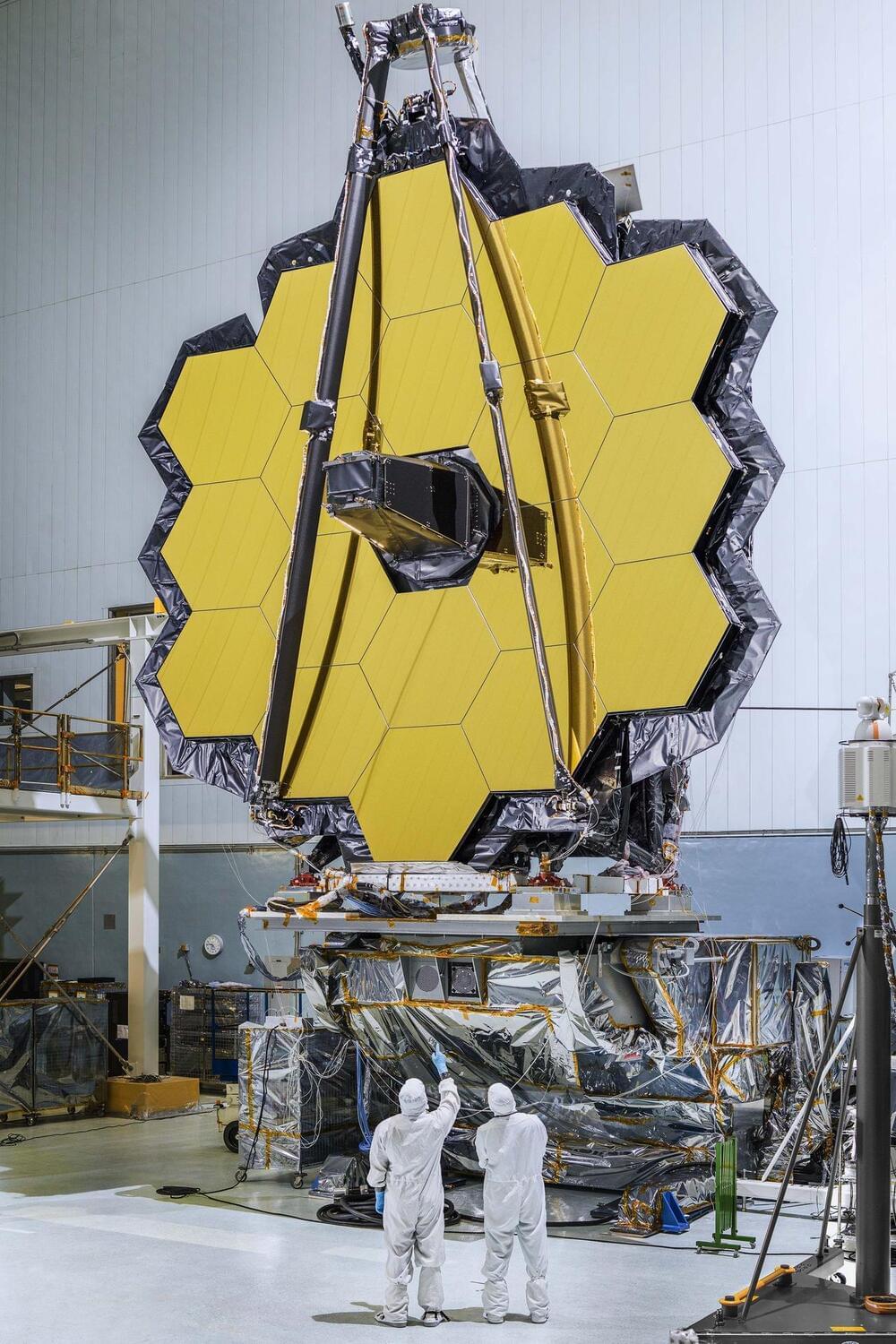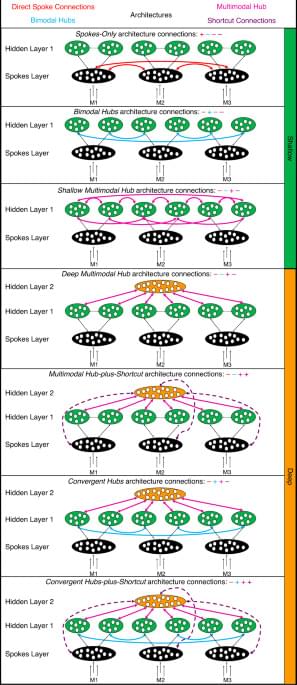Dec 4, 2021
OPG chooses BWRX-300 SMR for Darlington new build
Posted by Christopher Field in categories: engineering, nuclear energy
Canada’s first commercial Small Modular Reactor (SMR)
Ontario Power Generation (OPG) has selected the BWRX-300 small modular reactor (SMR) for the Darlington new nuclear site, and will work with GE Hitachi Nuclear Energy (GEH) to deploy the reactor. Canada’s first commercial, grid-scale, SMR could be completed as early as 2028.
OPG and GEH will collaborate on SMR engineering, design, planning, preparing licensing and permitting materials, and site preparation activities. Site preparation will begin in the spring of 2022, pending appropriate approvals, OPG said. It aims to apply to the Canadian Nuclear Safety Commission (CNSC) for a construction licence by the end of next year.
Continue reading “OPG chooses BWRX-300 SMR for Darlington new build” »

















